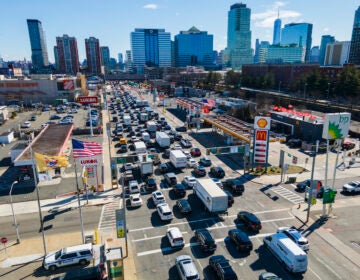Immigration and U.S. population growth
As the results of the 2010 census are gradually rolled out, we are getting a clearer picture of how the U.S. population has changed over the past decade. But how is the U.S. population going to look in the future, say in 2050? The Pew Research Center released a study back in 2008 which deserves more attention than it got at the time.
The Pew study started with the official baseline population estimate for 2005 of 296 million, and noted that figure included 36 million foreign-born. If we accept the conventional wisdom of the time that there were 12 million illegal aliens in the U.S., that would be one-third of the foreign-born population.
The study projected that by 2050 the U.S. population would grow to 438 million if we simply do nothing and allow present trends to continue. That would be an increase of 142 million over the baseline 2005 population of 296 million, a 48% increase over 45 years.
Reasonable people can differ on whether this level of population growth is too little, too much, or about right. More people means more consumers buying things, more available workers, and more taxpayers. But more people will also require us find more jobs for workers, more educational opportunities for children, and more highways and parking lots for people to drive and park their automobiles.
We will have to import more millions of barrels of petroleum from the Middle East, and drill more wells in the deep ocean floor, to try to meet the demand for gasoline. We will have to burn additional tons of coal to provide electricity to the homes and electronic devices of our additional population. And we will have to bear the environmental impact of the additional population in pollution, greenhouse gases and climate change, and waste disposal.
But here’s the punch line of the Pew study: 82% of the projected population growth of 142 million over 45 years is attributable to post-2005 immigration. Only 18% of the growth is attributable to the natural growth of the baseline 2005 population. And if nothing changes, fully one-third of the immigration will continue to be illegal entrants or visa overstayers.
So if we want either more or less population growth, the easiest way to get there is through adjusting our immigration laws and policies. That is the context in which the national debate over immigration is continuing.
WHYY is your source for fact-based, in-depth journalism and information. As a nonprofit organization, we rely on financial support from readers like you. Please give today.




